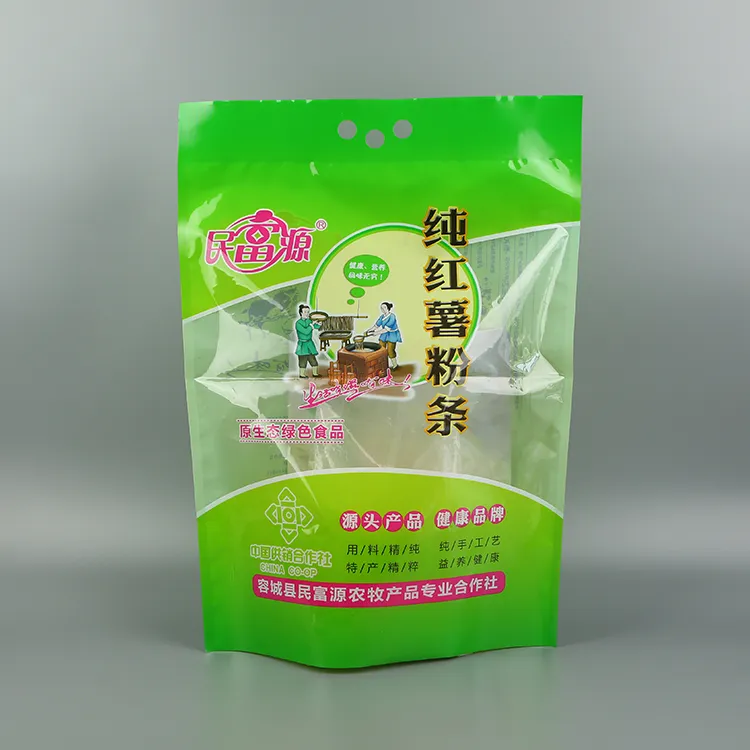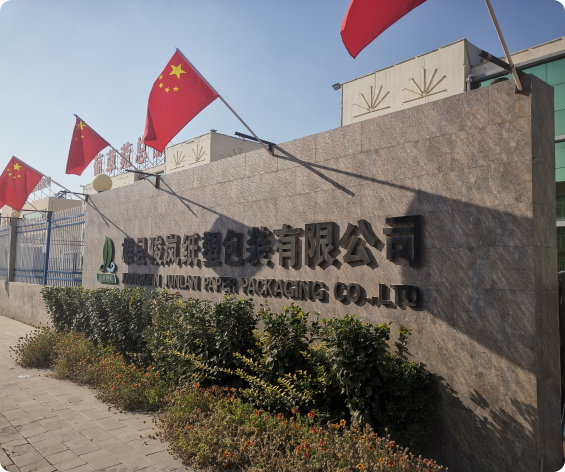Understanding the cost dynamics of retort pouches is quintessential for businesses looking to venture into the food packaging industry. Retort pouches, often used for packaging ready-to-eat meals, pet foods, and other perishable items, offer distinct advantages in terms of durability, lightweight, and extended shelf life, making them a popular choice among manufacturers.

The price of retort pouches can vary significantly depending on multiple factors, each influencing the overall expenditure differently. One of the primary determinants is the material choice, with pouches typically composed of layers of plastic and aluminum, which offer high resistance to heat and puncture. Some producers may opt for biodegradable or recyclable materials, which can lead to higher costs due to the rising demand for sustainable packaging solutions.
Volume and order size significantly impact the pricing structure. Bulk orders generally result in lower prices per unit due to economies of scale. It's critical for businesses to forecast demand accurately, as overstocking can lead to increased storage costs, whereas underestimating demand can result in stockouts and potential revenue loss.

Customization adds another layer to pricing, as businesses seek unique designs and branding on their pouches. Custom prints, specialized sizes, and added features like zip locks or valve designs can increase the cost. Companies must weigh the advantages of customization against budget constraints, ensuring brand visibility doesn't overextend financial limits.
The production technology used is also vital in determining costs. Advanced manufacturing techniques that offer precision and efficiency can be more expensive but result in higher quality packaging that can better protect contents and extend shelf life. Investment in cutting-edge technology can be viewed as a long-term benefit, reducing waste and inefficiency.
retort pouch price
Furthermore,
geographic location plays a crucial role. Pouches manufactured in regions with lower labor costs, such as parts of Asia, might offer lower prices. However, businesses must consider additional shipping costs, import duties, and potential delays when sourcing from overseas. Conversely, local manufacturers might provide expedited services with fewer logistic concerns but at a premium price.
Quality certifications such as ISO, HACCP, or FDA approval can influence pricing and are crucial for businesses that operate in regions with stringent regulatory standards. While such certifications add to the cost, they assure consumers of the product's safety, quality, and compliance, presenting an opportunity for businesses to justify pricing through guaranteed excellence.
Economic trends, raw material availability, and geopolitical factors can also lead to fluctuations in retort pouch prices. Monitoring these trends aids businesses in making informed decisions about purchase timing, potentially yielding cost savings by buying during downturns.
In conclusion, while retort pouch prices are shaped by material choice, order volume, customization, technology, location, and compliance, a strategic approach to sourcing and procurement can optimize costs effectively. Businesses must balance these elements with market needs and consumer expectations, ensuring their products not only meet but exceed standards while maintaining financial viability. With an informed approach, the adoption of retort pouches can be both a cost-effective and market-responsive strategy in the competitive food packaging industry.